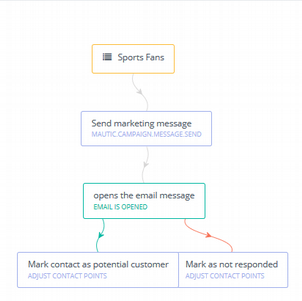While this is not a comprehensive evaluation of all of the features available in Mautic, we will focus on a few specific tools which may be of most use to direct marketers.
It is important to note that this process is not linear. While some aspects require the pre-existence of other components, in order to understand how or why they work, we may be covering some of these out of order.
Dashboard
When opening Mautic, you are first shown an easy to understand dashboard including a display of several high-level representations of user data and marketing campaigns.The default setting shows graphical displays including “contacts created,” “form submissions,” “recent activity,” and a list of items you have added to a schedule.
Creating new widgets is handled simply be choosing a few fields from a drop-down menu. Any changes to any data immediately update the widget, so you can get a real-time view of your customers, campaigns, and more.
On the left side of the screen is a table of contents list providing access to each component within Mautic.
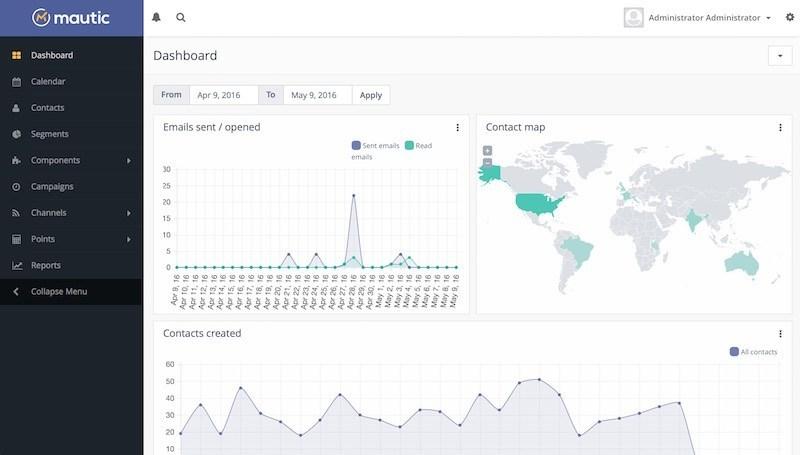
Contact Management
Mautic provides a high level view of individual contact records, including core information about each person, and detailed information about all activity and history of this person's behavior is displayed.

When importing records, Mautic automatically identifies which columns exist and enables mapping these to Mautic's predefined fields. It is also easy to create customized fields.
Mautic automatically identifies unique identifiers using hashes of various ids, such as IP address, email, or cookie (or others you choose to define). This enables automatic identification of duplicates, and allows tracking of individual user behavior throughout the system. Individual records are easily managed, allowing the creation of segments and adding other information that may be useful to a marketer.
Automated email marketing campaigns
Campaigns are a central feature of Mautic. With existing contact information, campaigns can be created using a set of customizable built-in email templates.
There are essentially two types of campaigns. The first type is typically time-driven and is generally used for kicking off campaigns or bulk communication; an overall email that can be sent to all or a select segment of contacts. All people within this campaign will receive the same marketing material, with some possible variations to tie the emails to the individual account for tracking purposes.
The other type of campaign is contact-driven. These are based on individualized interactions with a specific contact, based on triggers created by user actions. Different types of email templates can be created for each purpose.
Campaigns can be built using the “campaign builder” which enables creating a simple workflow by dragging and dropping various decisions, actions and triggers onto a canvas:
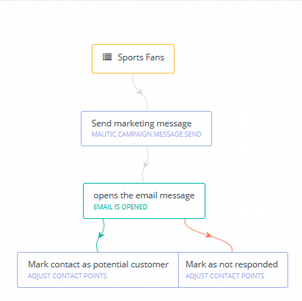
Forms
Forms are the primary point of customer contact. When a contact interacts with these, a number of actions occur. These include the obvious step of information gathering, or the basic info that a contact gives you – these can either exist on a website or can be manually entered or uploaded internally (the latter is what may be of most use to direct mail marketers wishing to make best use of the Mautic functionality)
When using a form, these can be configured to perform a number of actions, such as adding a customer to a segment, or modify a score (explained more further down).
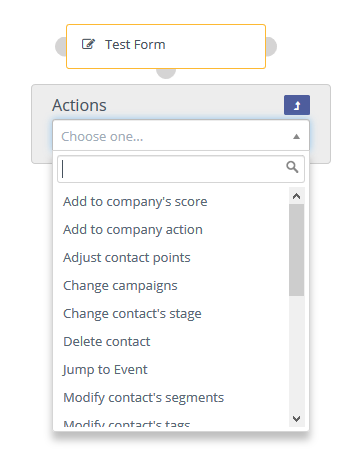
For web-based forms, Mautic includes a highly valuable feature, known as “progressive profiling.” Forms will only ask for important info that has not yet been recorded, drastically increasing usability and improving form conversion rates. It's also possible to use this to break up forms into smaller pieces.
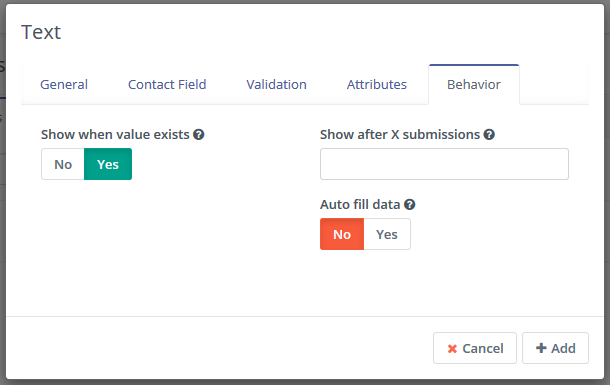
Automated Marketing Features
Automated features are one of the most valuable aspects of Mautic, and it manages the automated marketing process by a series of actions, triggers, points, and stages. Mautic allows you to group contacts into different segments. These can include demographic information, such as gender or location, or by interests. However these can also be created automatically based on user behavior.
Behavior tracking is governed by a series of rules that contacts make either by filling in forms, browsing to various sections of a website, or responding to marketing campaigns. These rules are guided by a set of actions and triggers.
Stages and points are indicators of progress through a set of stages for a contact or customer. Using a marketing campaign as an example, say a contact receives a targeted email, and clicks on the link. This action of clicking on the link can be defined to trigger one or more other actions.
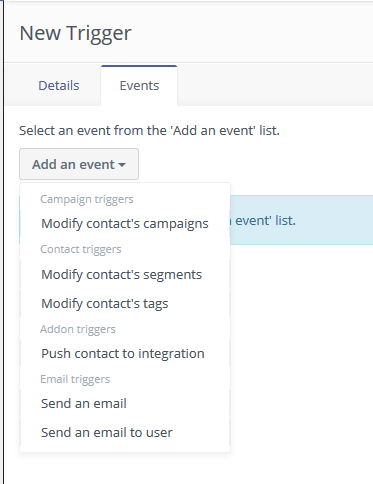
Let's say all initial contacts have a point score of 1, meaning that we have their email address and some very basic information about them, but nothing else. By clicking on the link, they have indicated a level of interest, so we can have the system automatically change their score to 2, which could move them to a stage of “interested” or however you choose to define it. If they make an actual purchase, their point score could be changed to 3.
The change in points itself can trigger other actions:
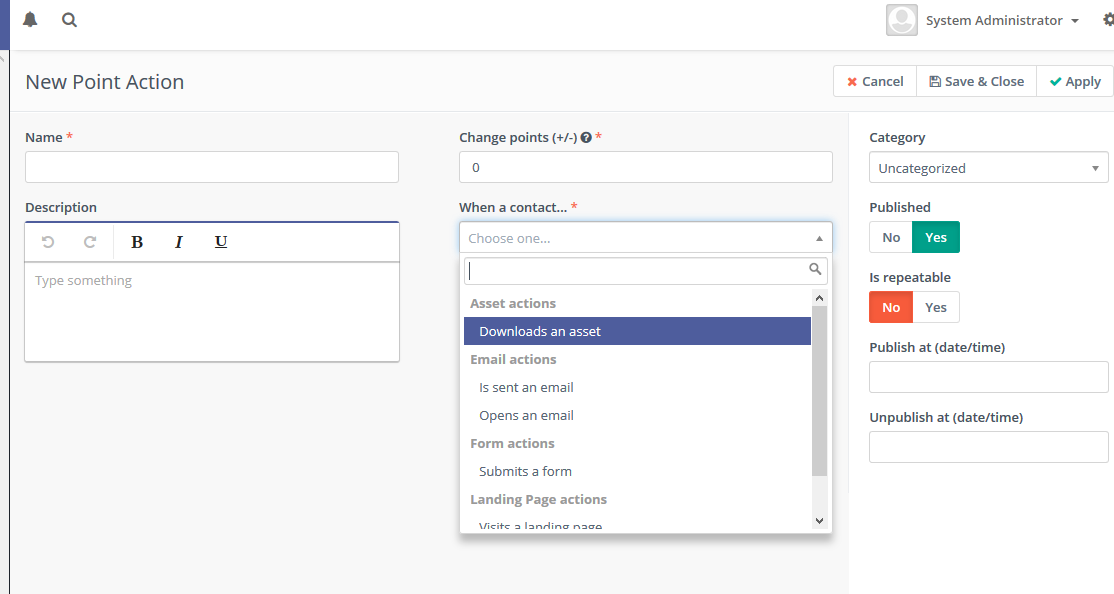
This is not only useful for identifying to which stage a contact belongs, but it also can help provide a high-level view of success of a marketing campaign. You can construct reports or widgets on the dashboard to see the percentage of people within a campaign that moved from one stage or another to help assist in constructing of future campaigns.





